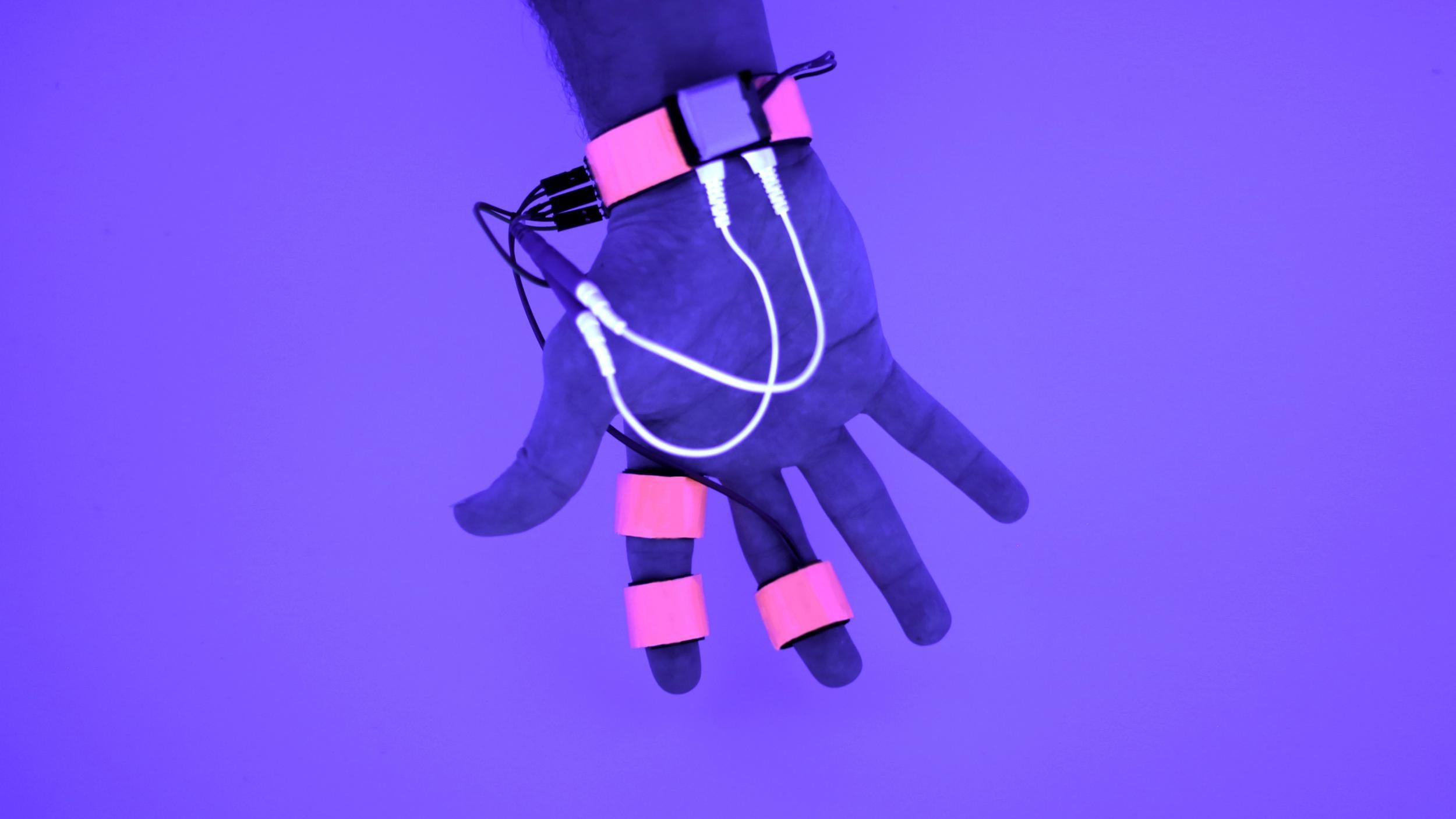Machine lets people control their dreams as they sleep
The Dormio system uses a glove-like device and a robot

Your support helps us to tell the story
From reproductive rights to climate change to Big Tech, The Independent is on the ground when the story is developing. Whether it's investigating the financials of Elon Musk's pro-Trump PAC or producing our latest documentary, 'The A Word', which shines a light on the American women fighting for reproductive rights, we know how important it is to parse out the facts from the messaging.
At such a critical moment in US history, we need reporters on the ground. Your donation allows us to keep sending journalists to speak to both sides of the story.
The Independent is trusted by Americans across the entire political spectrum. And unlike many other quality news outlets, we choose not to lock Americans out of our reporting and analysis with paywalls. We believe quality journalism should be available to everyone, paid for by those who can afford it.
Your support makes all the difference.Researchers have developed a device that acts as an interface to the stage of sleep in which hallucinations occur, allowing people to control the content of their dreams.
A team from MIT created the Dormio device to explore ways to augment a person’s creativity through exploiting the semi-lucid Hypnagogia stage of sleep.
The Dormio system works by using a hand-worn device to track this transitional state through biosignals — such as heart rate and muscle tone. Once the wearer is about to leave Hypnagogia and transition into deep sleep, a bedside robot is triggered to emit a noise to push them back into the dream state.
If the noise used to slightly wake the person is a word, the researchers found that it could enter the Dormio wearer’s dreams. For example, if the robot says “fork” or “rabbit”, the dream will incorporate these objects.
The period of Hypnagogia is characterised by a distorted perception of space and time, as well as a loss of a person’s sense of self that encourages the creation of spontaneous ideas.
The idea of prompting creative thought through the mind state separating wakefulness and unconsciousness is a concept previously explored by the artist Salvador Dali and the inventor Thomas Edison.
Both Dali and Edison would access Hypnagogia by falling asleep with a steel ball in their hand, which would crash to the floor while they were in this state of sleep. They would then be able to capture the ideas and thoughts generated through their dreams.
This technique is described by the researchers as “inspiring but limited,” as it does not offer the additional capabilities of the new system that allow people to explore this state of sleep more thoroughly, either by prolonging it or controlling it.
“Good neuroscience, to me, is effective self-examination. Good technology in service of making neuroscience relevant outside the laboratory, then, should facilitate self-examination,” said research assistant Adam Horowitz, who led the research.
“The ends of this project are both practical and philosophical. I have no doubt that Hypnagogia holds applications for augmenting memory, learning, and creativity. Yet also, after exploring the state myself, I find it to be a deeply valuable and inspiring sort of self-seeing which was inaccessible to me previously.”
Join our commenting forum
Join thought-provoking conversations, follow other Independent readers and see their replies
Comments